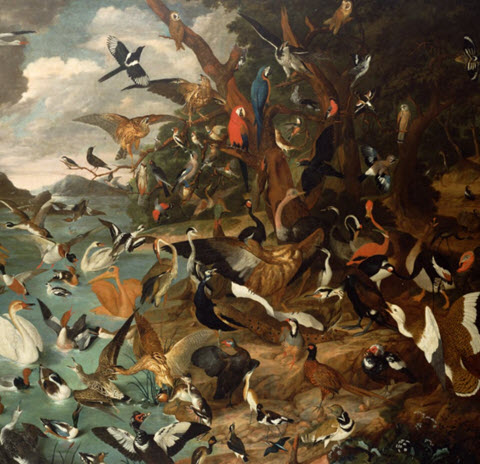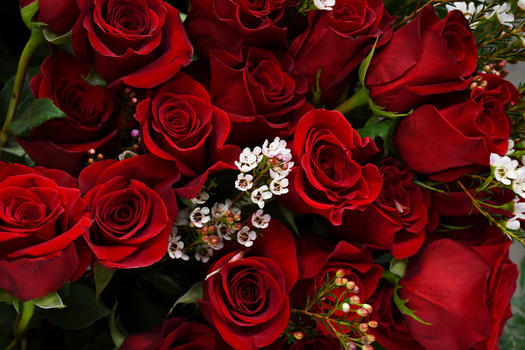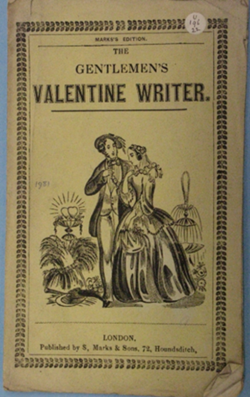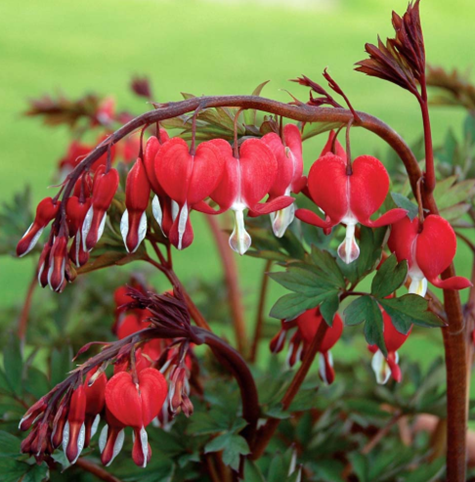Click below to listen to my 2 min. Garden Bite radio show: Valentine’s Day – the origins and flowers too
Audio PlayerHappy Valentine’s Day!

The origins of this day are a bit mysterious and convoluted. There were 3 Christian martyrs all named Valentine and in 500 AD, Pope Gelasius created St. Valentines Day to commemorate the martyrs. There was no romantic meaning to the day until 1382 when Geoffrey Chaucer wrote the “Parlement of Foules”. It’s actually about fowls… birds. The narrator falls asleep and dreams of a beautiful garden in which Nature presides over a debate between three high-ranking eagles, all vying for the attentions of a beautiful female. The other birds, each of which represents a different aspect of English society, are given a chance to express their opinions; Chaucer uses this device to gently satirize the tradition of courtly love. It all happens on St. Valentines Day.

The flower angle turned up in an English nursery rhyme written in 1784. The rose is red, the violet is blue… I’ll not finish it, so I don’t bore you! If you’re choosing roses click HERE for a Garden Bite on what message the color of rose you give means!

The exchanging of cards really got going in England in 1797 when an English publisher issued “The Young Mans Valentine Writer” with suggestions on what to say to your love. Although France claims it too.

It wasn’t until the 2nd half of the 20th century that roses and chocolates became synonymous with Valentines day. And, not too surprisingly, it started in the United States!

A day to celebrate love and affection is set aside in nearly every country in the world. There are various meanings and traditions in nearly all of them as well! This site looks a little funky but it’s got some very interesting info: Top Ten Valentine’s Traditions around the World.
For instance Argentinians take a week to celebrate the occasion. In addition to February 14th they set aside seven days in July for “sweetness week.”
For your gardener, consider this beauty… Bleeding Heart ‘Valentine Giant’.

